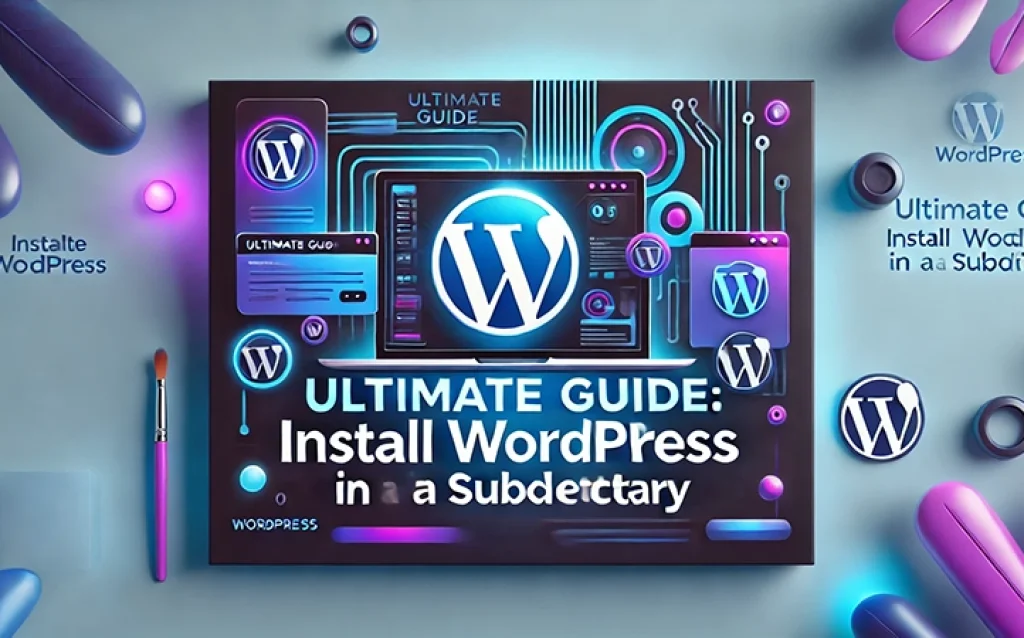How Do I Identify User Intent for My Website?
Understanding user intent is like having a map to guide your website’s content strategy. It helps you create content that matches what your visitors are looking for, which in turn boosts engagement and conversions.
Understanding User Intent
Let’s dive into what user intent really means. At its core, user intent is all about what your visitors want when they land on your site. Are they looking to make a purchase, find information, or just curious about your services? Understanding this can make or break your website optimization efforts.
There are generally three types of user intent: informational, navigational, and transactional. Informational intent is when users are seeking knowledge. Navigational intent is when they’re trying to find a specific page. Transactional intent is when they’re ready to buy or commit. Knowing which category your audience falls into helps tailor your content to meet their needs.
Analysing Search Queries
Search queries are like little windows into your users’ minds. By analysing these queries, you can get a sense of what your audience is after. Tools like Google Analytics and Search Console are great friends here. They provide insights into the phrases people use to find your site.
Look for patterns in these queries. Are there common questions or themes? This information is invaluable for crafting content that aligns with user intent. It also helps in refining your SEO strategies, ensuring your site appears in relevant searches.
Creating User Profiles
Building user profiles is like creating a character for your marketing story. It involves gathering data on your audience’s age, gender, interests, and behaviours. This helps in understanding their intent more deeply.
Use surveys, feedback forms, or social media interactions to collect this data. The more you know about your audience, the better you can tailor your content. This personal touch can significantly increase your conversion rate.
Optimising Content for User Intent
Once you know what your users want, it’s time to weave that into your content. Make sure your headlines and subheadings reflect user intent. This helps in grabbing their attention and keeping them engaged.
Use clear and concise language that speaks directly to your target audience. Avoid jargon unless it’s specific to your field and your audience is familiar with it. The aim is to make your content accessible and inviting.
Monitoring User Behaviour
Keeping an eye on how users interact with your site can reveal a lot about their intent. Tools like heatmaps and session recordings show where users click, scroll, and linger. This data can highlight areas that align or misalign with user intent.
If users are leaving your site quickly, it might not be meeting their needs. Consider this a cue to revisit your content strategy. Aligning your content with user intent can improve engagement and conversion rates.
Testing and Adapting Strategies
Nothing beats the power of testing. A/B testing your content can offer insights into what works best for your audience. Try different headlines, images, or calls-to-action to see which aligns better with user intent.
Remember, user intent can change over time. Regularly update your strategies to keep pace with these changes. Flexibility is key in maintaining a website that consistently meets the needs of its visitors.
Using WP SEO AI’s Content Improvement Service
With the help of WP SEO AI’s Content Improvement service, you can enhance your content quality and relevance. This service uses AI and advanced SEO strategies to ensure your content is always aligned with user intent. It’s a great way to boost your site’s engagement and search rankings.
Whether you’re a startup or an established company, understanding and acting on user intent can transform your digital marketing efforts. So, take the time to learn about your audience and adjust your content accordingly. Your website will thank you for it.





